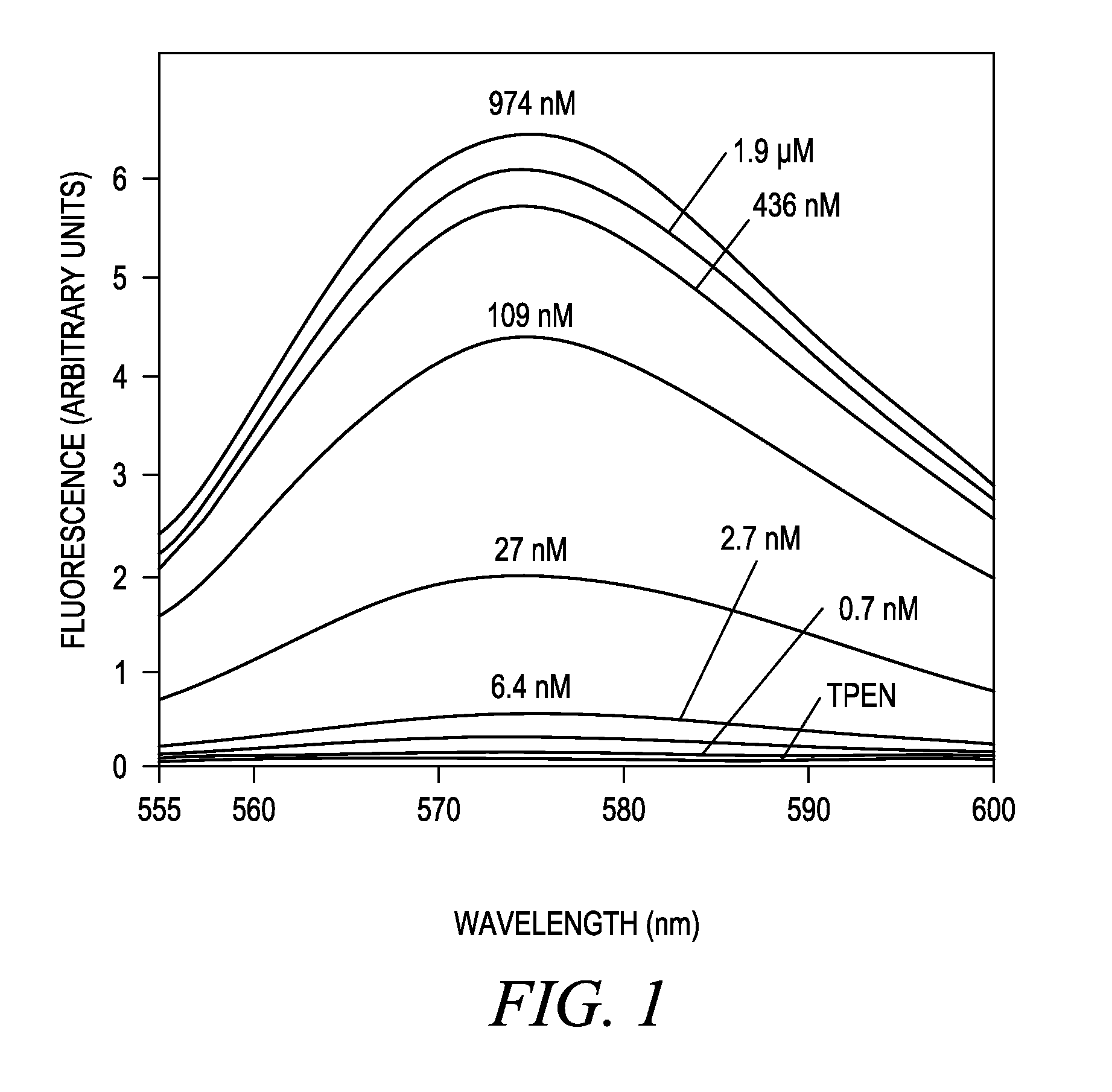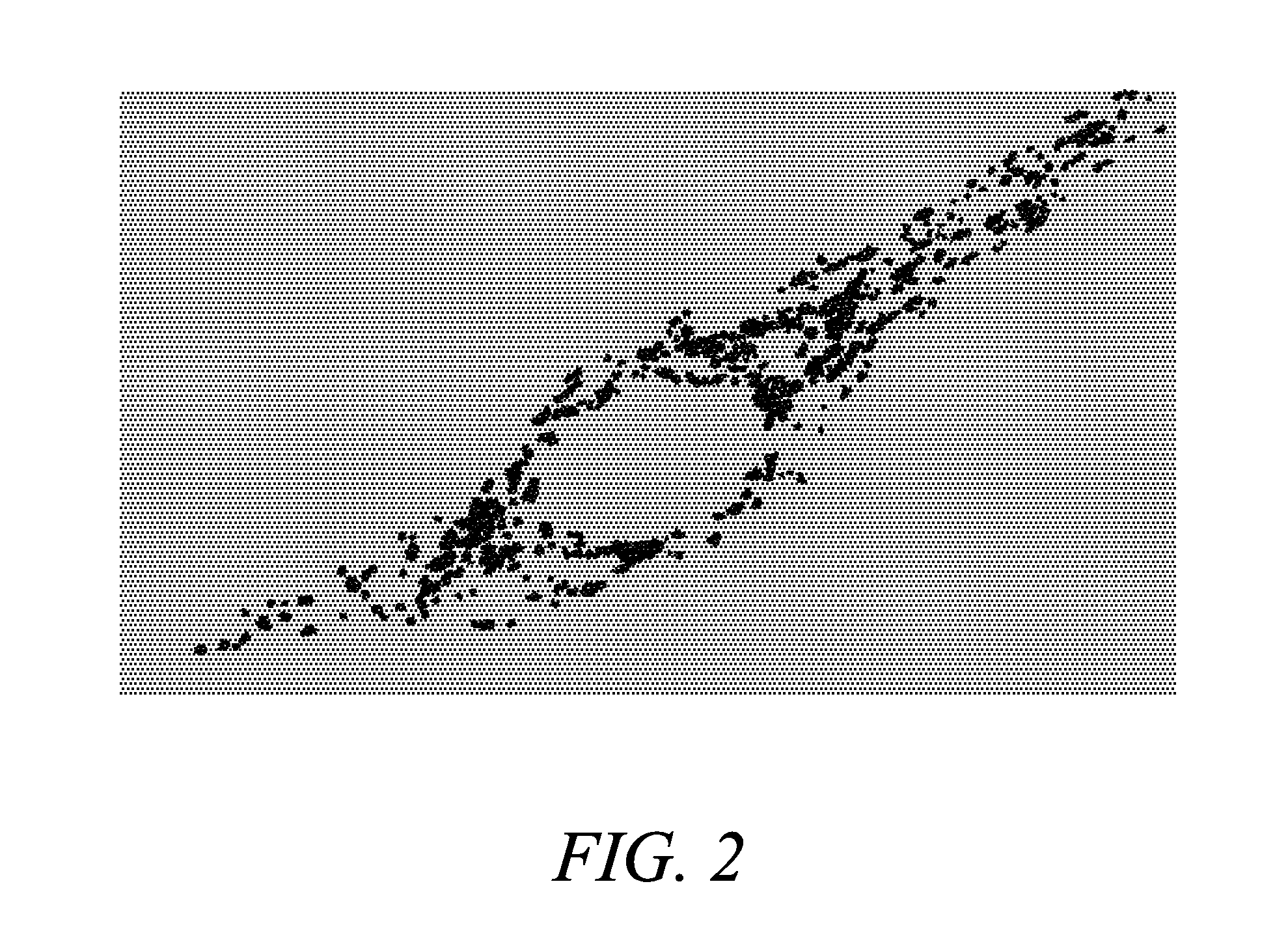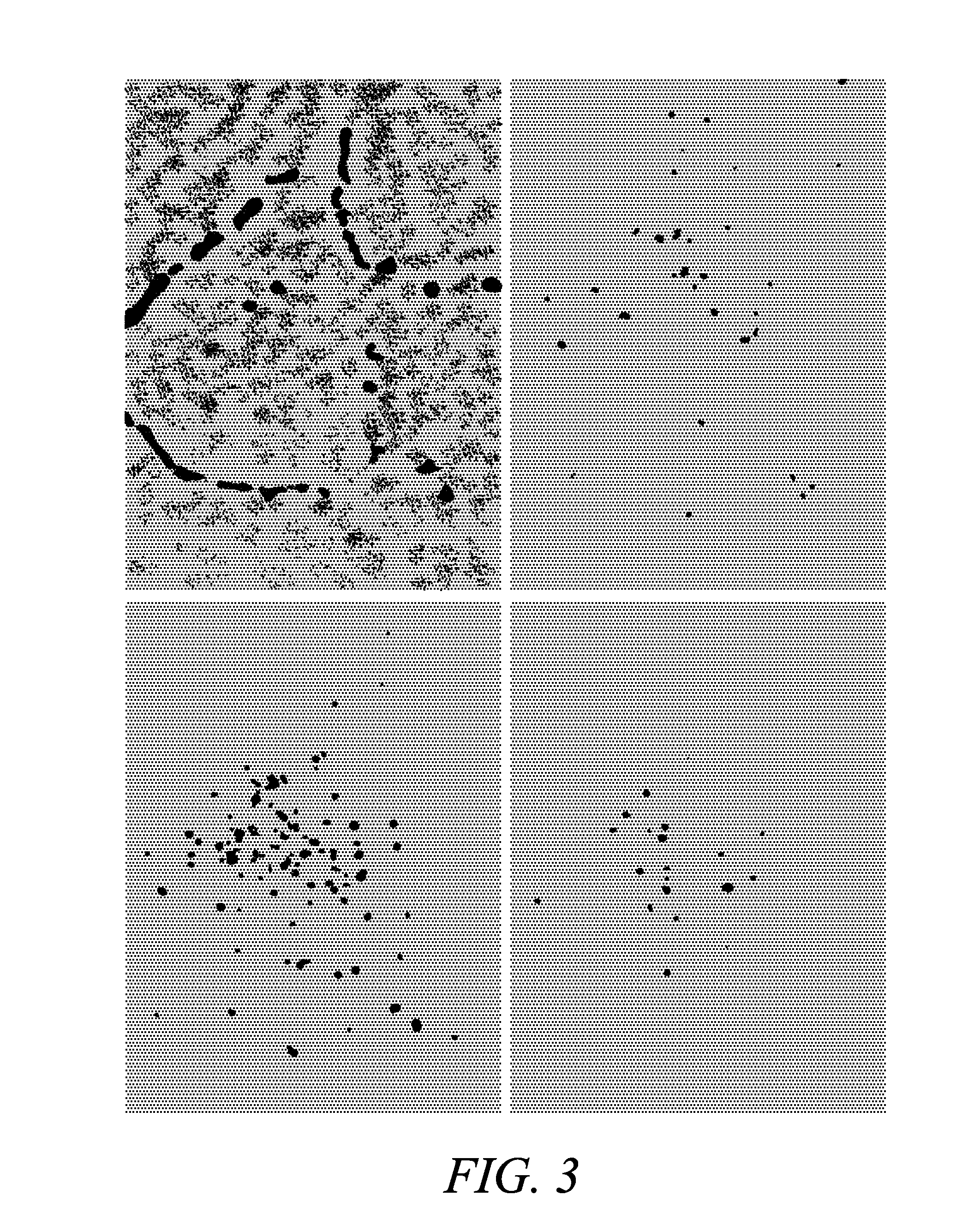Zinc binding compounds and their method of use
a technology of zinc binding compounds and zinc ions, applied in the direction of instruments, sugar derivates, analysis using chemical indicators, etc., can solve the problem that the chelator of physiological zinc ions is ineffective, and achieves the effect of binding physiological zinc ions
- Summary
- Abstract
- Description
- Claims
- Application Information
AI Technical Summary
Benefits of technology
Problems solved by technology
Method used
Image
Examples
example 1
Synthesis of Compound 4 and 5
[0207]Condensation of the aldehyde 1 (Gee K R, et al. J Am Chem Soc (2002) 124:776-778) with two equivalents of 3-dimethylaminophenol afforded the unstable dihydroxanthene 2, which was quickly oxidized with ρ-chloranil to give the xanthene 3. The methyl esters were removed by saponification, and the resulting salt form of 4 converted into its cell permeable AM ester (Tsien R Y, Nature (1981) 290:527-528) form 5 by acidification and reaction with bromomethyl acetate. Compound 4 and 5 utilizes the cationic rhodamine fluorophore (Minta A, et al., J Biol Chem (1989) 264: 8171-8), coupled to the N,N,N′-triacetic acid chelator contained in the zinc fluoroionophore FluoZin-3 (Gee K R, et al. J Am Chem Soc (2002) 124: 776-778 (supra); Gee K R, et al., Cell Calcium (2002) 31: 245-51).
example 2
Increased Fluorescence Upon Binding of Zinc Ions in Solution by Compound 4
[0208]Titration of Compound 4 with buffered Zn2+ solutions in a cuvet revealed that Compound 4 is essentially non-fluorescent but becomes brightly fluorescent orange as the Zn2+ concentration is increased. Absorption and emission spectra, dissociation constants, and fluorescence enhancements were measured in standard fashion (Haugland R P. Handbook of Fluorescent Probes and Research Products, Ch. 20, supra). Spectra were measured at 22° C. in 100 mM KCl, 50 mM MOPS, pH 7.0. A 75-fold fluorescence increase was observed as the solution goes from TPEN (no Zn2+) to saturating Zn2+, and a dissociation constant (KD) of 65±10 nM was observed (see FIG. 1). No Ca2+ sensitivity is observed at ≦40 μM. Free [Zn2+] in buffered solutions was determined using WEBMAXC v2.10. Free Zn2+ solutions of 0.7 nM, 2.75 nM, and 11 nM were prepared using 0.2 mM, 0.5 mM, and 0.8 mM, respectively, zinc chloride in 1 mM EGTA. Free Zn2+ sol...
example 3
Localization of Compound 5 in Live Cell Mitochondria
[0210]To verify that Compound 5 effectively localizes into mitochondria, cortical neurons were loaded with the AM ester of Compound 4 (Compound 5; 10 μM+0.1% Pluronic F127 at 4° C. for 30 min and then left at 37° C. for 4 h for de-esterification) and the mitochondrial marker, MITOTRACKER Green FM (Molecular Probes, Inc.) (Collins T J, et al. EMBO J. (2002); 21: 1616-27; Buckman J F, et al. J Neurosci Methods (2001) 104:165-76; U.S. Pat. Nos. 5,459,268 and 5,686,261). For neuronal imaging, murine forebrain cultures, derived from E-15 embryos, were plated on previously established astrocytic monolayers and used between 13 and 16 days in vitro (Yin H Z, et al. Neuroreport (1995) 6: 2553-6). When co-loaded with MITOTRACKER Green FM (200 nM, 37° C., 30 min), neurons showed a strong co-localization of these probes, with distinct speckled pattern of fluorescence, most prominent in the perinuclear region, characteristic of mitochondria sta...
PUM
| Property | Measurement | Unit |
|---|---|---|
| pH | aaaaa | aaaaa |
| wavelength | aaaaa | aaaaa |
| emission wavelength | aaaaa | aaaaa |
Abstract
Description
Claims
Application Information
 Login to View More
Login to View More - R&D
- Intellectual Property
- Life Sciences
- Materials
- Tech Scout
- Unparalleled Data Quality
- Higher Quality Content
- 60% Fewer Hallucinations
Browse by: Latest US Patents, China's latest patents, Technical Efficacy Thesaurus, Application Domain, Technology Topic, Popular Technical Reports.
© 2025 PatSnap. All rights reserved.Legal|Privacy policy|Modern Slavery Act Transparency Statement|Sitemap|About US| Contact US: help@patsnap.com



